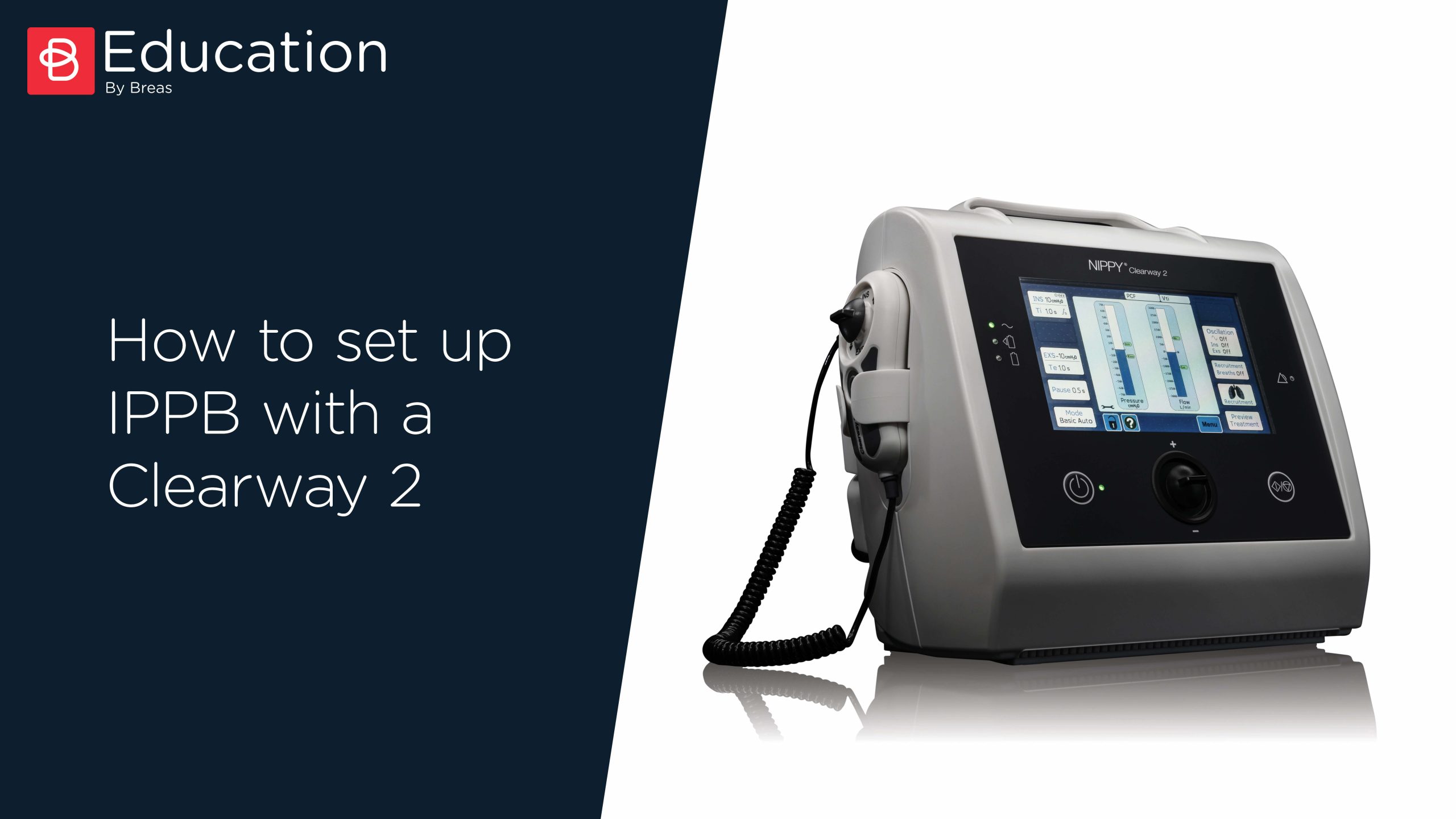Mechanical insufflation-exsufflation (MI-E) is recommended for subjects of all ages with neuromuscular disorders (NMDs) and weak cough. There is a lack of knowledge on the optimal treatment settings for young children. This study aims to determine the MI-E settings providing high expiratory airflow while using safe inspiratory volumes, and to identify possible limits where the benefit of incrementing the MI-E settings to achieve a higher expiratory airflow, decreased. Using an MI-E device and a lung model imitating a 1-year-old child with NMD, we explored the impact of 120 combinations of MI-E pressure and time settings on maximal expiratory airflow and inspiratory volume. High expiratory airflows were achieved with several pressure and time combinations where the exsufflation pressure, followed by insufflation pressure and time, had the greatest impact. The benefit of incrementing the settings to increase the expiratory airflow leveled off for the insufflation pressure and time, but not for the exsufflation pressure. Given exsufflation pressure of -40 or -50 cmH2 O and insufflation time longer than 1 second, a plateau in the expiratory airflow curve was present at insufflation pressures from 25 cmH2 O, whereas a plateau in the inspired volume curve occurred at insufflation pressures from 35 cmH2 O. The present neuromuscular pediatric lung model study showed that expiratory pressure impacts expiratory airflow more than inspiratory pressure and time. An inspiratory and expiratory pressure set between 20 to 30 and -40 cmH2 O, respectively, and an inspiratory time longer than 1 second may be considered as a basis when titrating MI-E settings in young children with NMD. The findings must be confirmed in clinical trials.
Hov B, et al
Division of Paediatric and Adolescent Medicine, Oslo University Hospital, Oslðo, Norway















